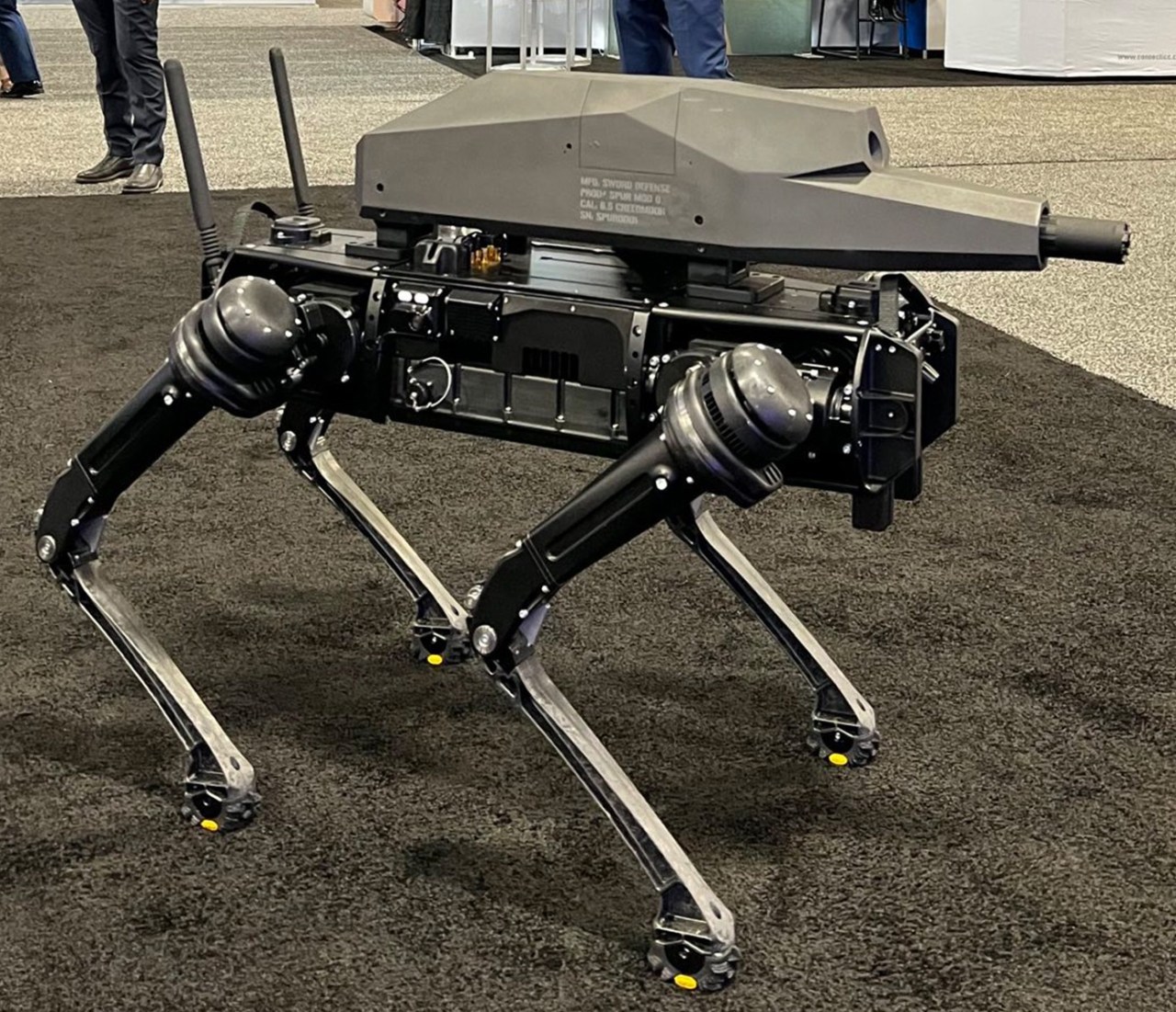As technology advances at lightning speed, the intersection of robotics and weaponry raises urgent ethical and practical implications. Recently, news broke that a Ghost Robotics system was showcased at a tradeshow equipped with a sniper rifle designed by SWORD Defense Systems. This significant development invites both excitement and apprehension, particularly given the complexities associated with militarization and the ethical issues surrounding it. But what does this mean for the future of robotic applications and their societal implications?
The Dual Edge of Innovation
The burgeoning robotics industry has historically coexisted with military interests, with many entities benefiting from DARPA funding. While robotic innovators like Boston Dynamics shy away from military associations—fearing the public relations backlash—others, such as Ghost Robotics, are boldly stepping into the fray. Ghost Robotics CEO Jiren Parikh describes the system as a “walking tripod,” an apt metaphor illustrating the device’s dual nature as a versatile tool and a potential weapon.
Autonomy vs. Control: The Ethical Maze
One immediate question that surfaces is the nature of control associated with these armed robots. Unlike fully autonomous systems, the sniper rifle mounted on Ghost Robotics’ platform is manually fired, controlled by a human operator. This choice signifies a line drawn by the company—a recognition that complete autonomy in weapon systems can result in unintended consequences. Furthermore, the notion of who bears responsibility for these machines complicates matters. Is it the manufacturer, the weapon designer, or the military user?
- Manufacturers: Companies like Ghost Robotics prioritize who they sell to, opting to only provide systems to the U.S. and allied governments. However, they admit that they lack visibility into how military customers might deploy their technology.
- Weapon Designers: The ethical implications extend to those developing weaponry as they face scrutiny for the potential uses of their inventions.
- End Users: The military must grapple with the consequences of using robotic systems in combat scenarios, prompting the need for robust ethical reviews and guidelines.
Market Dynamics and Future Outlook
Interestingly, the rise of armed robotics is paralleled by advances in other domains of automation, such as drone delivery services and autonomous research vessels. Companies like Wing and Saildrone are paving the way for revolutionary applications that rely on unmanned systems without the same contentious debate surrounding weaponization. This dichotomy showcases how innovation can either bolster societal benefits or create volatility.
As the market for armed robots grows, there’s an undeniable military interest in using technology to enhance battlefield capabilities. However, this also means that negative perceptions may linger if companies don’t effectively communicate their ethical stances. Ghost Robotics has made it clear that they will not promote or advertise weapon systems, likely in an effort to mitigate backlash.
Human Touch Amidst Automation
An unexpected finding emerges from the adoption of robotic solutions in hospitality. Amid pandemic-related staff shortages, robotic waiters have not only filled in gaps but have also led to increased tips for human servers. This showcases that robotics can promote efficiency without completely relegating human beings to the sidelines. While many fear the loss of jobs due to automation, this example illustrates an alternate reality where robots serve to augment human efforts—making the workforce more effective rather than obsolete.
Conclusion: The Path Forward
As we delve deeper into the realms of armed robotic systems and automation, societies must navigate the fine line between innovation and ethical responsibility. The implications of deploying “walking tripods” and other armed robots demand a comprehensive discussion about their governance. Will we see a future where robotics serve exclusively as tools of peace and productivity, or will the specter of militarization become a defining characteristic of this technology?
At fxis.ai, we believe that such advancements are crucial for the future of AI, as they enable more comprehensive and effective solutions. Our team is continually exploring new methodologies to push the envelope in artificial intelligence, ensuring that our clients benefit from the latest technological innovations.
For more insights, updates, or to collaborate on AI development projects, stay connected with fxis.ai.

